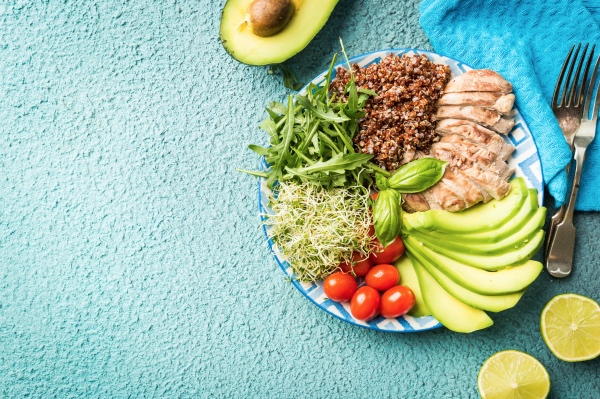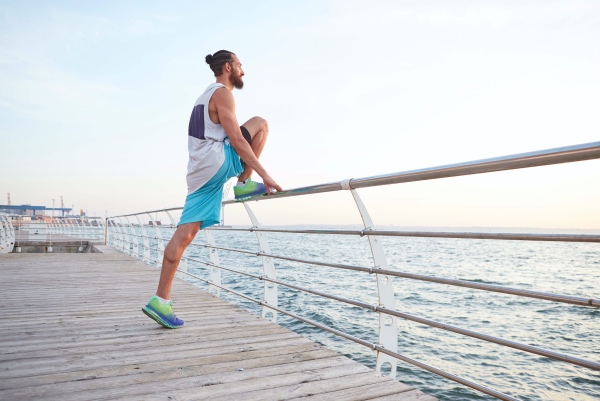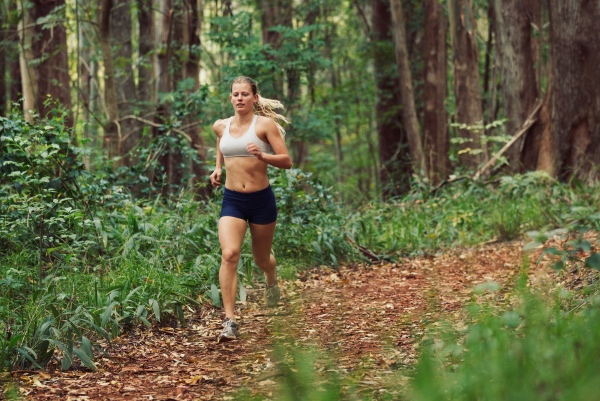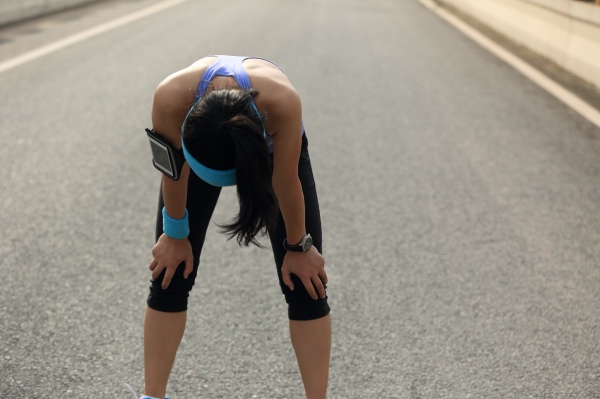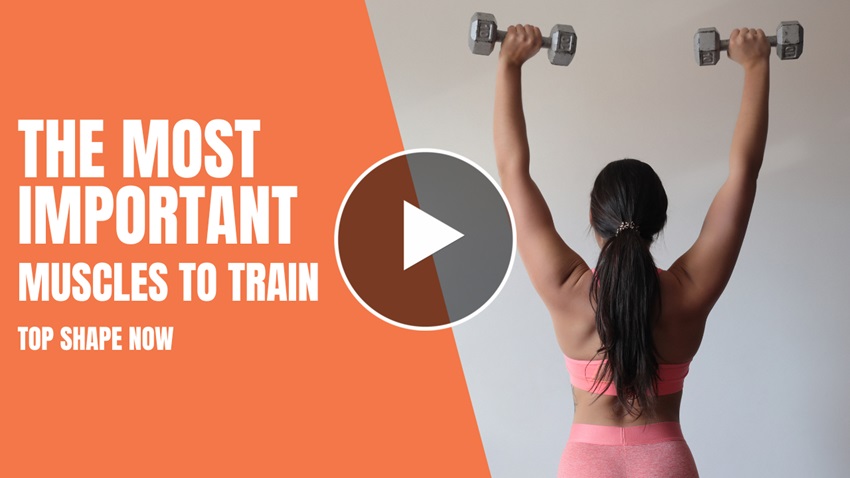Running is one of the most popular forms of exercise in the world. It’s great for both your mental and physical health, but it can come with some side effects like any activity. One common problem people have is cramps when they run. But don’t worry! We’ve compiled a list of some tips and tricks to avoid cramping while you’re running. Now you can enjoy your workout without having to stop every five minutes because you feel a tightness in your calf or thigh muscles.
Contents
Make Sure To Stretch Before Running
One of the best ways to prevent cramps when you run is to ensure you properly stretch your muscles before any strenuous activities. If possible, stretch for at least five minutes beforehand and mainly focus on areas where it’s common for a person to experience a charley horse or another painful type of spasm in their legs such as hamstrings, groin area, inner thighs, and calf muscles. Also, make sure to stretch out your feet and toes by flexing them back and forth for at least a minute.
Stay Hydrated
Staying hydrated is probably the most important thing you can do to avoid cramps when running. Your muscles need water to contract and relax properly; if they don’t have enough, then they’ll start to seize up on you. It’s kind of like trying to run a car without any oil: it won’t work out very well for either one! If your body doesn’t get enough hydration during exercise, then by the end of your workout, all your muscle fibers will be screaming at once because there isn’t anything left holding them together anymore.
Eat Healthy Before Your Run
The food you eat before your run can make a huge difference in how well you do during it. If you are running for more than an hour, the chances are good that your body will start to deplete glycogen after 60 minutes or so (glycogen is the form of sugar your body uses for energy when exercising). If your last meal was too heavy on carbs and not light enough on protein, then you might find yourself with some cramping issues. It would help to eat balanced meals three hours before running with equal parts carbohydrates, proteins, and healthy fat sources like avocados, nuts, and olive oil.
Don’t Drink Or Eat Too Much Before Running
If you drink too much water before running, your body can’t absorb it all and will flush some of it out into the bladder. Then when you start exercising or even walking around after drinking a lot of liquid, that excess fluid will slosh around in your stomach and give you feelings like fullness (which can lead to cramping). If this happens, try cutting back on how much fluid before until you find what works best for you!
Stretch After Your Run
Just as you should stretch before you run, it is also important to stretch after your run! You should hold each position for 30 seconds if it’s really tender, then move on to the next sore spot until you have stretched every muscle. If you don’t have time right away, try setting a reminder on your phone or putting up a note somewhere around your house. Make sure that you take some time out of your schedule to work those muscles over nice and good with stretching exercises. This will help prevent cramping later down the road by keeping them loose all the time.
Aim For The Right Pace
When you are running, it can be dangerous to go too fast or slow. If your pace is so much slower than what you’re supposed to be doing, then the chances of cramping up after a while will increase dramatically because muscles need the right amount of oxygen to work properly! However, if you run at an uncomfortable speed (or even worse sprint) without warming up first, that’s where most forms of injury come from with exercise. Make sure to ease into any new workout routine slowly until reaching the desired goal each day becomes second nature, and staying safe feels natural!
Be Aware Of The Weather
If you’re running in the heat of summer and it’s over 85 degrees Fahrenheit out, then cramps can be a genuine danger to your health. You might feel like you’ve become dehydrated even though there is no reason for this since it’s so hot outside. What’s happening is that sweat glands are trying their best to regulate body temperature by cooling everything down with evaporating perspiration. If they aren’t producing enough fluid or if it isn’t cooled off quickly enough inside the body (due to lack of shade), then all those toxins will start clumping up around muscle fibers and cause them to lock up hard as rocks!
Keep Your Electrolytes Balanced
Electrolytes are minerals in your body that carry an electric charge which allows them to do their job of helping muscles contract properly. Muscle cramping can be a common problem if you don’t have enough electrolytes because it won’t respond when the brain sends out signals for movement! Make sure to get at least 3000 milligrams of sodium, 600 mg of magnesium, and 300mg potassium per day through foods or supplements, so there is plenty available during long workouts on hot days.
Don’t Overtrain
Overtraining means the muscles aren’t given enough time for recovery between workouts. Overtraining leads to injuries, chronic fatigue syndromes, and even cramping up if your muscles are pushed too hard before being allowed back into action again. Make sure your schedule is balanced with rest days to avoid overuse issues by injury because this will cause a whole new set of problems all on its own. If you can’t make it to the gym for a workout one day because you’re feeling sick or tired, then don’t sweat it; your body will thank you later by staying healthy and not letting cramping become an issue.
Conclusion
That’s it for our list of tips and tricks that you can do to avoid cramps while running, but there are still more tips and tricks out there that we didn’t get a chance to mention here. Make sure to keep experimenting with different things until you find the perfect fit for your lifestyle! However, if you have any other questions about cramps or how running works in general, never be afraid to talk to a doctor or trainer!


